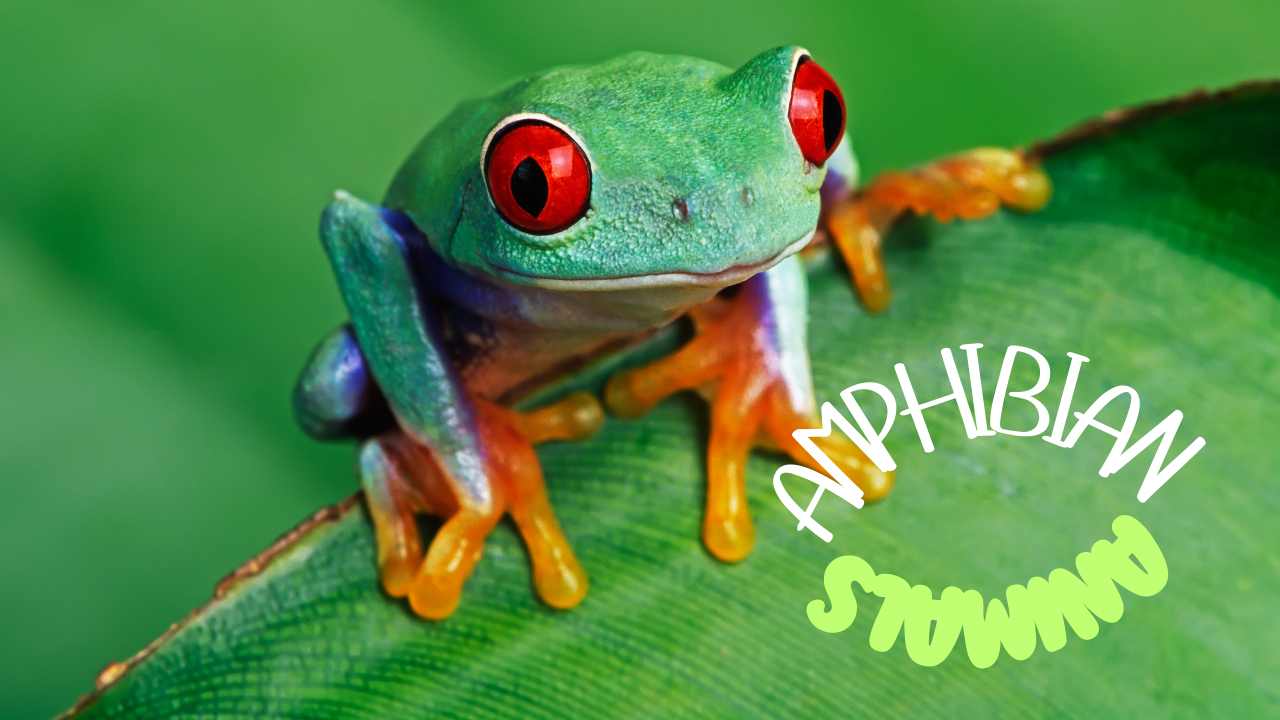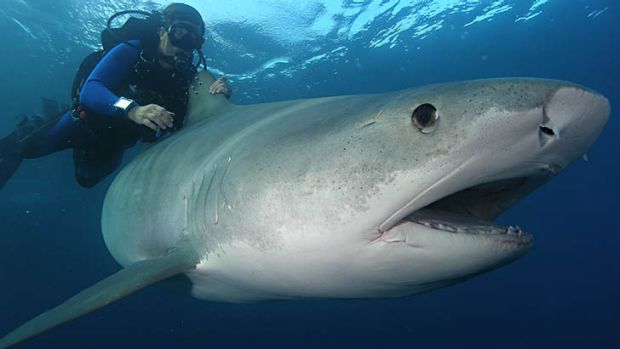What are amphibians ?
Amphibians can live both on land and in water. These animals are found in warm environment and are known as ectothermic animals. These animals breathe through lungs and some of them through their skins. They need to keep their skins moist and hyderated. Their skins are covered in mucous. These animals are cold-blooded, and their bodies do not generate heat to keep themselves warm, but they rely on a warm environment to keep their body temperature normal.
There are a total 8,450 species of amphibians today, and half of these species may go extinct in our lifetime. Pollution, destruction of the environment, and global warming are the major causes of their extermination.
List of Amphibians
Frog: Frogs are small-bodied, tailless amphibians with protruding eyes, a cleft tongue, and limbs folded underneath. They are known for their jumping abilities, croaking sounds, and smooth or slimy skin. Frogs typically lay their eggs in water, and their larvae, called tadpoles, develop in water before metamorphosing into adults.
Crocodile: Crocodiles are large aquatic reptiles with a powerful bite, thanks to their strong jaws and sharp teeth. They have a V-shaped snout and are known for their stealth and agility in water. Crocodiles are ancient species that have changed little since the time of the dinosaurs.
Alligator: Alligators are large, carnivorous reptiles primarily found in freshwater environments. They have a U-shaped snout and are less aggressive than crocodiles. Alligators are known for their powerful tails, which aid in swimming and can be used as weapons.
Monitor Lizards: Monitor lizards are large lizards known for their strong limbs, long necks, and forked tongues. They are carnivorous and have a keen sense of smell. Monitors are agile hunters, and some species are known to be good swimmers.
Salamander: Salamanders are amphibians with slender bodies, short legs, and long tails. They have delicate, moist skin, which they use for respiration. Many salamanders have the ability to regenerate lost limbs and other body parts.
Toad: Toads are amphibians similar to frogs but with drier, bumpier skin and shorter legs. They do not jump as far as frogs and are often found in drier environments. Toads have parotoid glands behind their eyes that secrete a poisonous substance.
Newt: Newts are small amphibians and a subgroup of salamanders. They have lizard-like appearances and return to the water every year to breed. Newts are known for their ability to regenerate limbs, eyes, and spinal cords.
Iguana: Iguanas are large, herbivorous lizards known for their robust build, long tails, and a row of spines running down their back to their tail. They are excellent climbers, and they can be found basking in the sun on tree branches.
Snake: Snakes are elongated, legless reptiles with flexible bodies. They can be found in various habitats and are known for their varied methods of hunting and defense, including venom in some species. Snakes have the unique ability to swallow prey much larger than their heads.
Green Dragon Lizard: The green dragon lizard is a term that could refer to several species of lizards known for their green coloration. These lizards are often arboreal, living in trees, and have adaptations like long toes and prehensile tails to navigate their environment.
Please note that the term “green dragon lizard” is not a scientifically recognized name and could refer to any number of green-colored lizard species. The descriptions provided are based on the general characteristics of these animals. For more detailed information, it’s always best to refer to scientific texts or databases.





